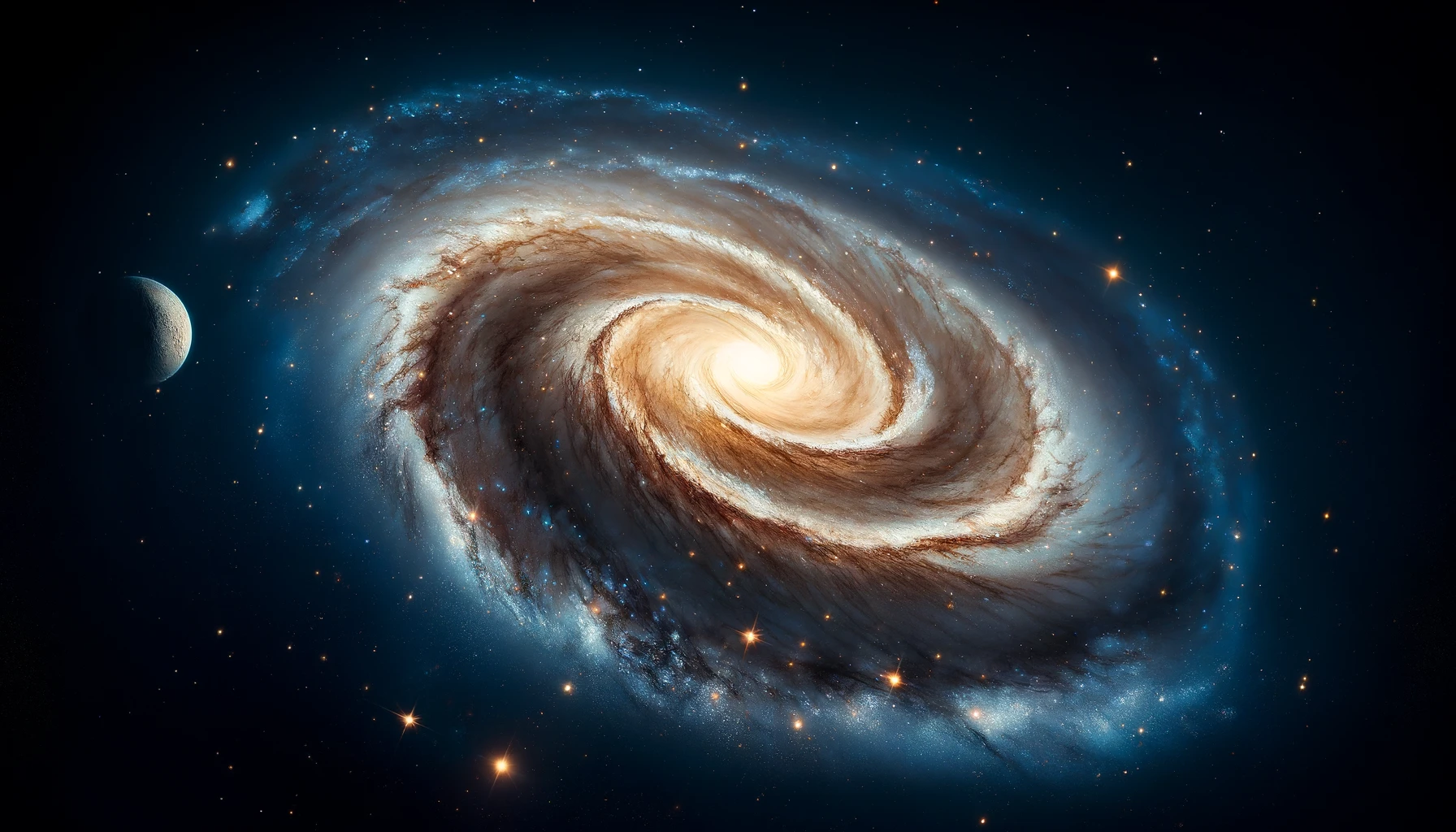We asked three astronomy experts whether every star visible to the naked eye belongs to the Milky Way galaxy. Their insights shed light on just how far the unaided human eye can reach into the cosmos. From astrophysicists to cosmologists, their expertise offers a surprisingly humbling view of our place in the universe—and reveals just how much of the night sky we’re truly seeing.
Yiannis Tsapras has answered Near Certain
An expert from Heidelberg University in Astronomy, Astrophysics, Physics, Cosmology
On a clear dark night one can see up to a few thousand stars, all of them members of our Milky Way Galaxy, with the unaided eye. It is also possible to see a few other galaxies, like the Andromeda galaxy or the large and small Magellanic clouds if you happen to be in the southern hemisphere. However, it is not possible to see individual stars in these galaxies without using a telescope.
Oliver Müller has answered Near Certain
An expert from Observatoire Astronomique de Strasbourg in Astronomy
Yes. Even the closest galaxy, the Large Magellanic Cloud, is already so far away that the stars blend together for the human eye, meaning that they are seen as a diffuse extended blur instead of a point-like star. The stars visible by the naked eye are all stars in our galactic neighborhood.
Bruce G Elmegreen has answered Extremely Unlikely
An expert from IBM T.J. Watson Research Center in Astronomy
We can see with our eyes some thousand stars individually, and those stars have been in catalogs for two thousand years. They are the nearest and brightest stars, close to the Sun. We see blends of stars in the haze of light that is the Milky Way, and those are in our Milky Way galaxy. In the main disk of the Milky Way, we are limited by dust absorption to only about one-quarter of the distance to the center, although infrared light, which our eyes cannot see, penetrates further. Off the main Milky Way disk we can see with our eyes the blend of stars in the thick central region of the galaxy, which is a bar-like structure and bulge. We can’t really see Milky Way stars beyond that except with infrared telescopes. So we see only a small fraction of the Milky Way stars with our eyes, maybe 10 or 20 percent, mostly blended together into a smooth light with dust patches blocking parts of it. However, we can see with our naked eyes on a dark night around half of the stars in the nearby galaxy in Andromeda (Messier 31). Andromeda also looks like a haze of light because the stars are too close together and faint to be seen individually, but that haze is about as bright as the Milky Way and so easily seen if the sky is dark enough, about the size of the full moon. Dust inside Andromeda blocks about half of its stars from our view — those on the other side of the midplane. Similarly, we can see the haze of light from the stars in the Small and Large Magellanic Clouds, which are the two nearest galaxies to us, visible in the southern hemisphere. We can see the haze of blended stars in a few globular clusters of stars that orbit the Milky Way, such as the Hercules cluster in the north and 47 Tucanae in the south. So in fact we can see more stars in other galaxies than we can see in the Milky Way, if we count all those stars that are blended together. But we cannot see individual stars in other galaxies except in telescopes.
Verdict: All the stars you can see with the naked eye are in the Milky Way.
According to expert consensus, the stars that appear as distinct points of light to the unaided eye are all part of our home galaxy, the Milky Way. While we can observe the hazy glow of other galaxies like Andromeda or the Magellanic Clouds, those glows are the combined light of countless stars too distant and faint to be seen individually. So while our eyes can glimpse the presence of other galaxies, the individual stars we can identify are all members of our galactic neighborhood.
Curious what else you’re seeing in the night sky?
Explore more about galaxies, cosmic distances, and the structure of the Milky Way by searching related questions on Consensus, or try one of the follow-up questions below.
✨Are any stars visible to the naked eye located outside the Milky Way? 🔭Can small telescopes reveal stars beyond the Milky Way galaxy? 📝How many stars in total are there in the Milky Way galaxy, and how many can be seen unaided?